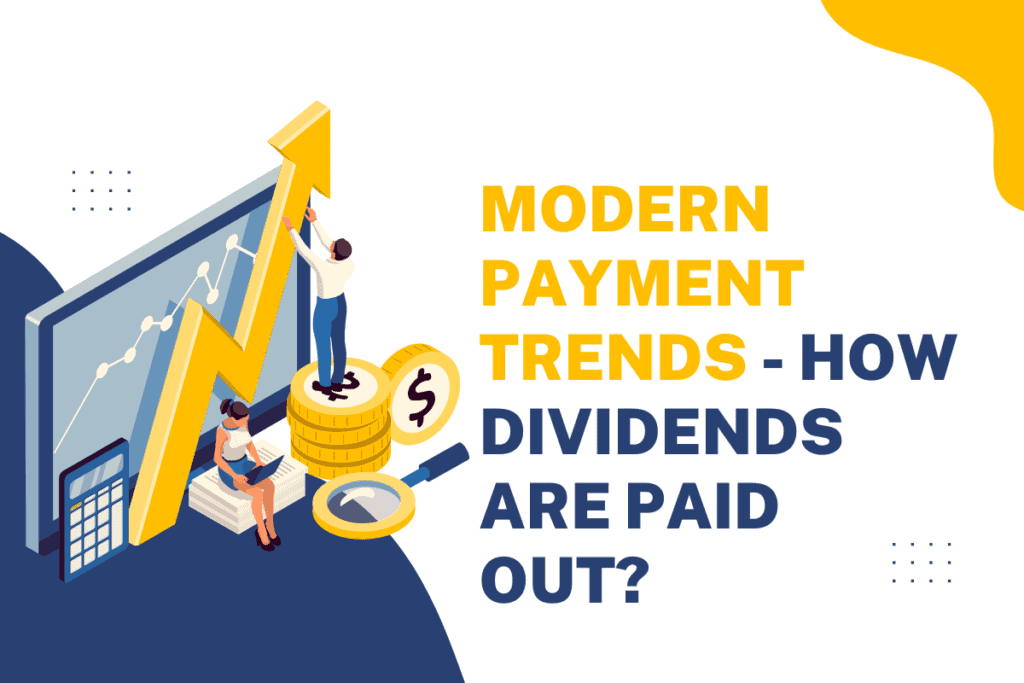
Dividends are regular payments of profit a company makes to investors who own a company’s stock. It’s important to note that not all stocks pay dividends. Through dividends, investors earn their return from investing in stocks. One should choose dividend stocks if interested in investing in dividends. This is because owning dividend stocks can safeguard investors in the current high-inflation environment.
Stocks that pay dividends will provide a constantly growing and stable income stream. They differ from traditional salaries you may obtain on checkstubs. It is also true that dividends are usually paid by well-established companies that do not need to reinvest as much money into their business. Therefore, dividends are an indication of how well the company stands financially. When a company raises a dividend, investors expect it to be maintained throughout a period. Some examples of dividend-paying companies are Target, CVS, and Apple.
This article will introduce the three methods a company uses to pay a dividend. Let’s dive in.
How dividends are paid out
Since companies earn profits, the board of directors of that company approves a plan to share gains in the form of dividends. Dividends are paid per share of stock. US companies tend to pay dividends either monthly, quarterly, or semiannually. The company will then announce when they will pay the dividend, the amount, and the ex-dividend date. For the investors to receive the payment, they must buy the stock at least two days before the official date. The company pays the shareholders the dividends.
Residual dividend policy
Companies that use the residual dividend policy make the decision to rely on internally generated equity that helps finance new upcoming projects. This results in dividend payments from the residual or leftover equity once all the project capital requirements have been met. This policy allows a company to use retained earnings or residual income and invest it back into the company or other profitable projects. This takes place before the company returns funds to shareholders as dividends.
A company’s stock price fluctuates with a rising and falling dividend. So if a company does not trust its ability to stick to a strict dividend policy with consistent payouts, it may resort to the residual method. The management team will be free to pursue any opportunity without being restrained by dividend policies.
A drawback to this policy is that investors may even demand a higher stock price. This is relative to companies in that same industry with consistent dividend payouts. Additionally, this method may lead to sporadic and inconsistent dividend payouts, resulting in volatility in the company’s stock price.
Stable dividend policy
A stable dividend policy is when companies consistently pay a dividend each year irrespective of any earning fluctuations they face. The dividend payout amount is determined by predicting long-term earnings and calculating the percentage.
Companies may create a target payout ratio under a stable dividend policy. This means the percentage of earnings to be paid to shareholders in the long term. Generally, the company has two options. It can choose a cyclical policy that keeps dividends at a fixed fraction of quarterly earnings or a stable policy where quarterly dividends are kept at a fraction of yearly revenues. Both cases aim to reduce overall uncertainty for investors and provide them with income.
Hybrid policy
As the name suggests, the hybrid approach combines stable and residual dividend policies. It is also one of the more popular approaches companies use to pay dividends. Since a company will experience business cycle fluctuations, companies using the hybrid approach will have a set dividend representing a small portion of the yearly income. They also set an amount that they can easily maintain. Companies may also offer an extra dividend paid when income exceeds specific benchmarks.
To sum up
When companies earn a profit, the board of directors approves a plan to share the profits. They decide and announce when the company will pay the dividend to shareholders, along with the amount and ex-dividend date. There are three dividend policies. The residual dividend policy results in dividend payments from the leftover equity once all the project capital requirements are met. A stable dividend policy is when companies consistently pay yearly dividends irrespective of earning fluctuations. Finally, a hybrid approach combines both stable and residual dividend policies.
We hope this article has been informative and helped you understand how dividends are paid. Thank you for reading!
Guest Post: Isabella Roy, isabellaroy133@gmail.com